Given its long history of over 3000 years and the great culture tradition, Beijing offers a lot for us to discover, from great historic legacy to small lanes of unique street design, and beautiful ancient buildings. The ancient architecture in Beijing is really haunting and seduce us to deeply explore. Listed here are six sights in Beijing that you should not miss when for the marvelous ancient Chinese architecture.
The Great Wall
Many people come all the way to China Just for the Great Wall! It’s a real miracle in the world, bearing exceptional testimony to the ancient Chinese civilizations and the achievement of China’s ancient architects. This defensive fortification was first built in the 7th century BC during the Spring and Autumn, and Warring States Periods, and now resemble a huge dragon winding its way through the mountains of North China.
The Forbidden City
There are many reasons you might want to visit the Forbidden City (the Palace Museum in Beijing. Summer Palace). It was home to 24 emperors during the Ming and Qing dynasties with a history of around 600 years. To discover the architectural beauty of Forbidden City, you should not miss every piece of it, including the roof, wooden door, stone railings, red wall, bronze lions…
Summer Palace
Summer Palace becomes even more popular thanks to Dragon Lady Cixi’s preference. For architecture lovers, it is a big draw, with typical Chinese stone bridge across the Kunming Lake, Buddhist pagodas, watchtower, as well as the complex buildings. It’ll be a nice place to cool off during Beijing’s hot Summer months.
Temple of Heaven
Built in 1420, the Temple of Heaven is where the ancient Chinese emperors had grand worship ceremony to heaven and earth. No wonder it is a masterpiece of architecture. It is a dignified complex of fine cult buildings set in gardens and surrounded by historic pinewoods. Check carefully on its overall layout, which symbolizes the relationship between earth and heaven-the human world and God’s world according to Chinese architecture culture.
The quaint hutongs in Beijing are some crisscrossing old narrow paths with courtyard houses built on each side. It can be regarded as a window into Beijing folk life. Travel along the hutongs, you may encounter some courtyard dwellings or Chinese quadrangles (Siheyuan), a basic pattern used for residences, palaces, temples, monasteries. You can ride a bike or take a pedicab to have a relaxed hutong tour.
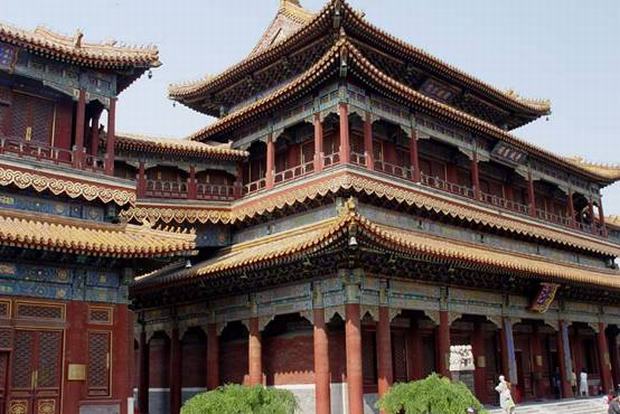
To research the architecture achievement of ancient China, you should not temple and monasteries. Yonghe Lamasery is a Tibetan Buddhist temple first built in 1694 as the residence of Prince Yong of the Qing dynasty. The temple architecture is a combination of Tibetan, Mongolian, and native Chinese. The chief artistic attraction is an 18-meter tall wooden Buddha carved from a single sandalwood tree imported from Tibet, the largest wooden statue on earth.
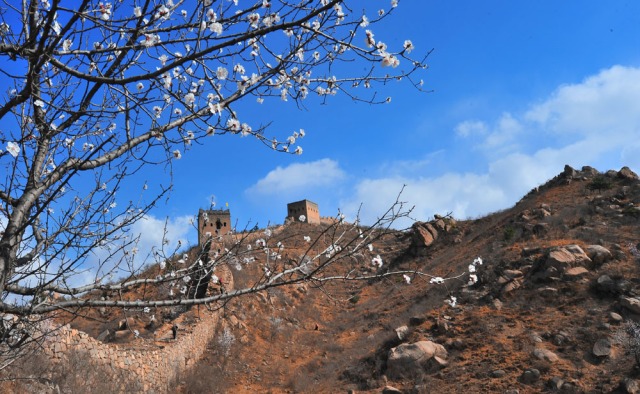
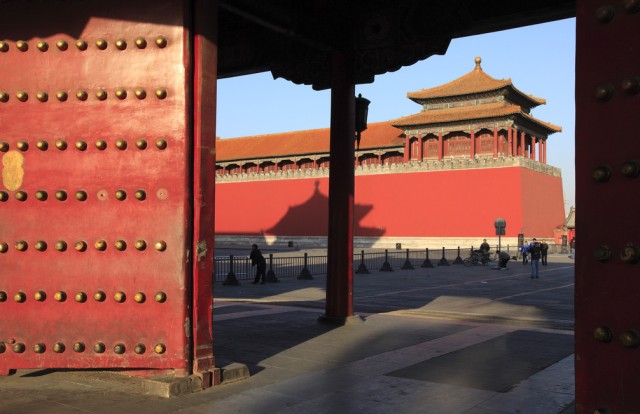
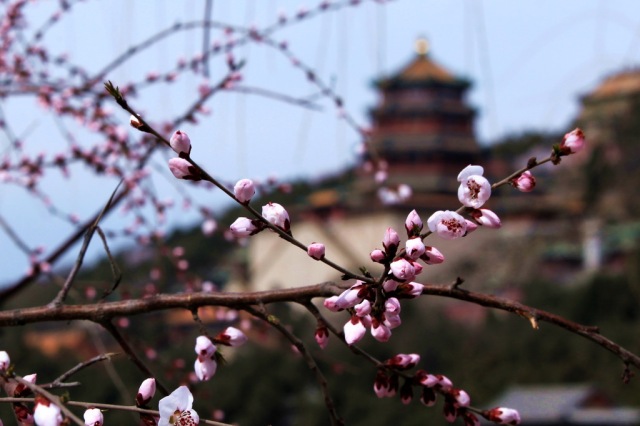
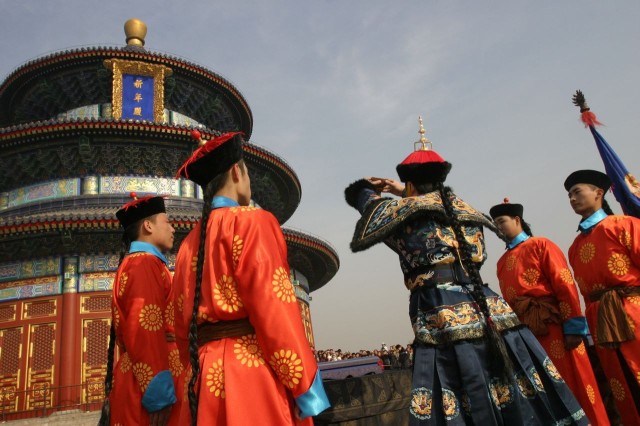
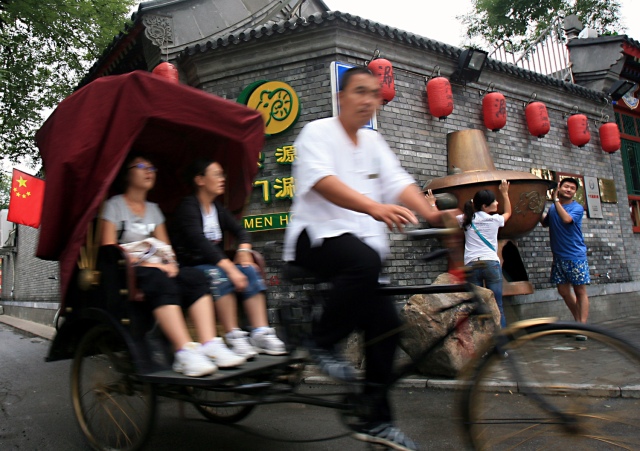
No comments:
Post a Comment